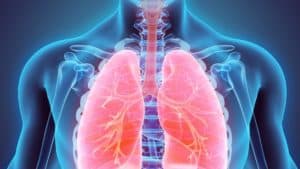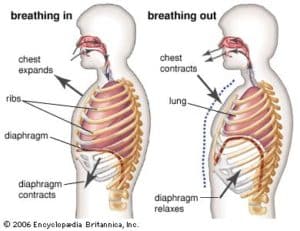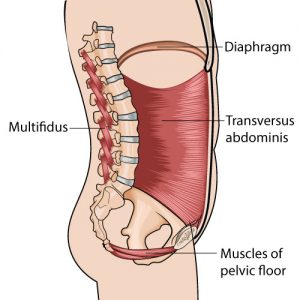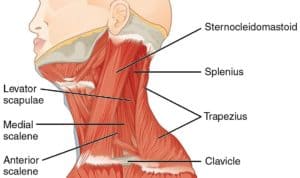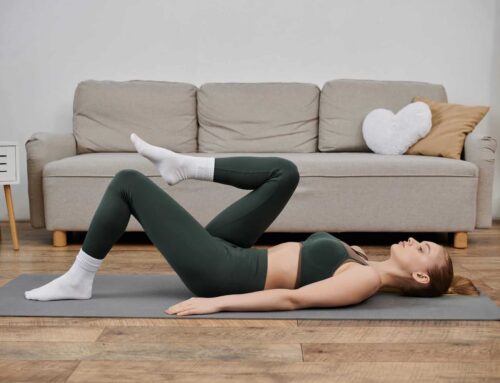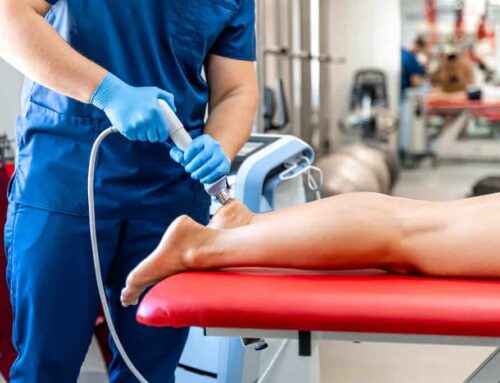Are you bad at breathing?!? Well, if you’re reading this right now, you’re probably not “bad” at it – but you may not be doing it most effectively to optimize airflow and minimize strain on muscles and joints. Continue reading to find out:
- Muscles involved in respiration (breathing)
- Why breathing patterns matter
- What you can do to improve your own breathing pattern
Muscles involved in breathing
Everyone has heard of the diaphragm, right? But not everyone knows that the diaphragm is a muscle, and the primary one used for breathing. It attaches to the ribs, sternum, and the bones of the low back. Like other muscles, the diaphragm contracts and relaxes. Stop for a moment and take a deep breath in. When you do this, the diaphragm flattens as it lowers. This increases the space for air to enter the lungs. Now, allow yourself to quietly breathe out. As you exhale, the diaphragm relaxes and domes back up to its original shape. Simple by relaxing, the diaphragm pushes air out of the lungs with very little to no muscle activity.
Other muscles important in breathing are the intercostals (between the ribs), transverse abdominus, multifidus and those of the pelvic floor. Most of these muscles also happen to serve as deep stabilizers of the core – meaning they play a dual role in helping us breathe, and helping us with spinal stability.
In addition to those above, we have accessory muscles of respiration called the scalenes and sternocleidomastoid. These also help to move the head and neck. As physical demand increases, it is normal for them to assist in respiration. In a relaxed state, however, they should not be doing much breathing work. When they do, you may see the whole rib cage elevate, the shoulders shrug, and the chest lift vertically – all of which indicate a faulty breathing pattern. This is commonly known as “upper chest” breathing.
Why does this matter?
When we see this faulty pattern, it can often be attributed to over-use of the neck muscles, which may lead to abnormal strain on the neck joints. Studies have even found impaired respiration mechanics like these to be associated with chronic neck pain.
Along with that, since many of the muscles involved in breathing also play a role in posture and stability of the spine, proper breathing appears important for health of the lower back. Since the diaphragm attaches directly to the lumbar spine, dysfunction there may lead to poor stabilization and resultant low back strain. Holding your breath while you perform difficult exercises can signal that you have poor stability, as breath-holding increases pressure in the abdominal cavity resulting in stabilization of the trunk.
Movement tests in people with low back and sacroiliac joint pain have found breath-holding very common. Studies have shown that people with sacroiliac joint pain have impaired motion of the diaphragm. In addition, significantly more altered breathing patterns have been observed in people with low back pain, than in those without.
To summarize, there is some evidence that faulty patterns of respiration are associated with neck, low back, and sacroiliac joint pain.
So how should you be breathing?
Keeping in mind that there is no one right way for everyone to move or breathe, what follows are some of the more widely accepted beliefs regarding ‘normal’ breathing:
- Breath should start in the abdomen – with inhalation, the abdomen should expand outward. With exhalation, it should move inward.
- Avoid lifting the chest up and shrugging the shoulders
- The ribs, especially the lower ones, should move outward slightly
To practice this, start by laying on your back as shown below. Practice this kind of ‘diaphragmatic’ breathing a few times. Once this is no longer difficult, progress to a sitting or standing position.
It won’t be possible to think about “perfect” or “normal” breaths at all times. However, if you struggle with chronic neck or low back pain, it may be worth adding some basic breathing exercises into your day to improve faulty patterns and reduce your pain.
Blog image: https://www.gq-magazine.co.uk/article/deep-breathing-exercises


